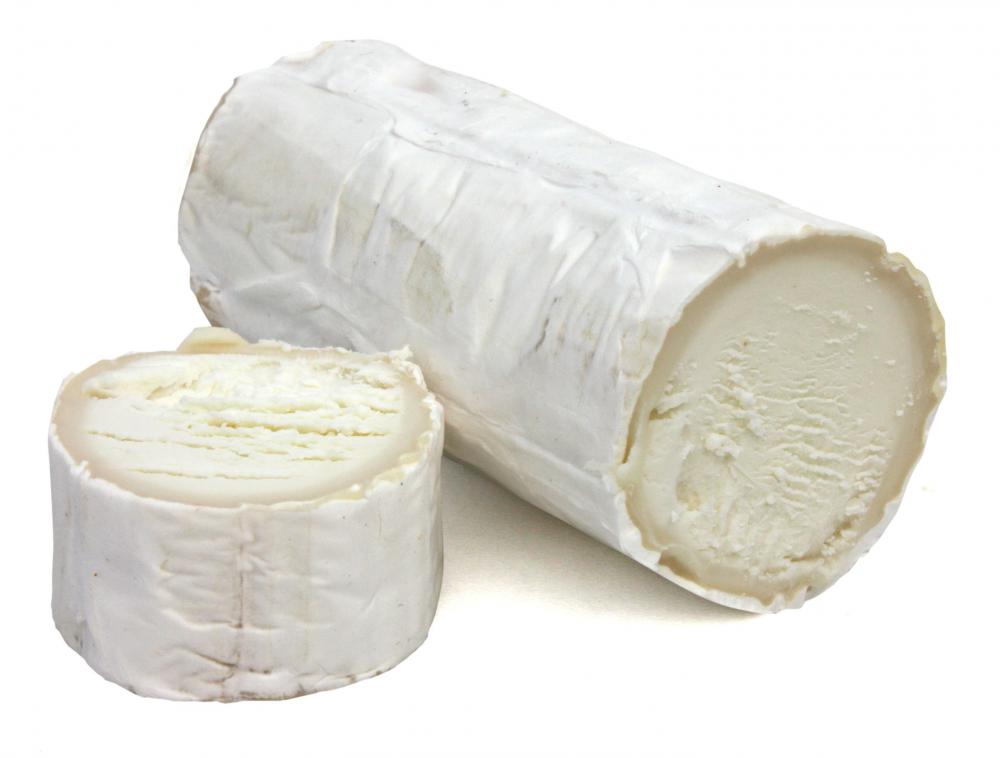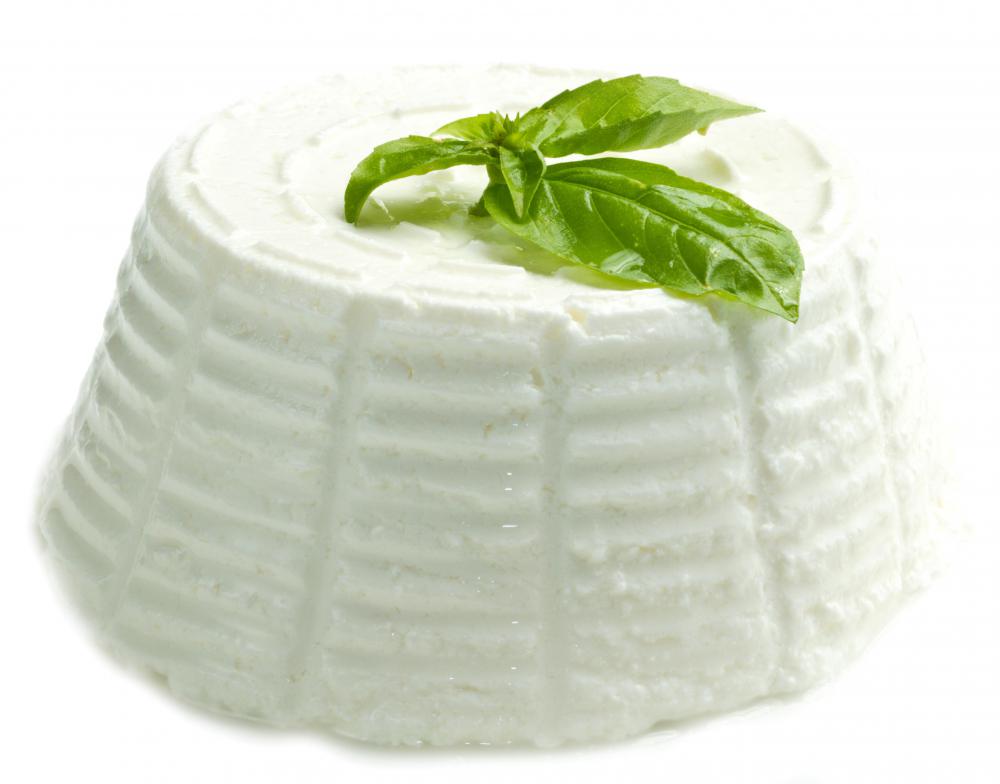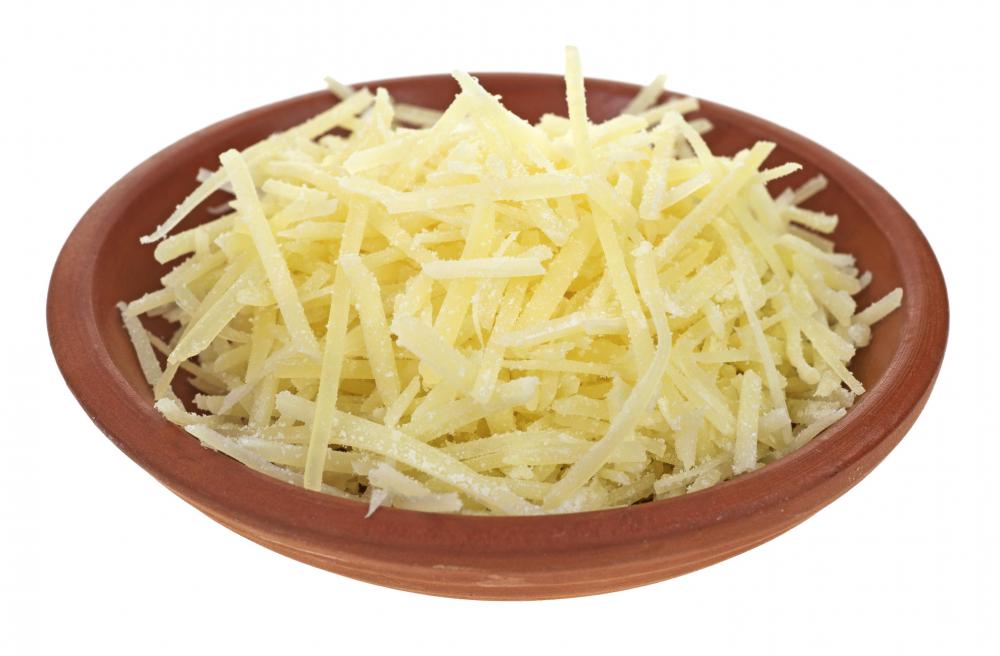At WiseGEEK, we're committed to delivering accurate, trustworthy information. Our expert-authored content is rigorously fact-checked and sourced from credible authorities. Discover how we uphold the highest standards in providing you with reliable knowledge.
What does a Cheese Maker do?
If an aged block of Parmesan or perfectly molded piece of Stilton causes drooling and panting, it might be time to consider a career in cheese making. This ancient profession requires considerable understanding of scientific processes, a fine sense of taste, and a desire for adventure. A cheese maker may work on his or her own, creating artisan cheeses, or with a larger company producing cheese for a wider public.
The basic job of a cheese maker is to take milk and end up with cheese, although the process may vary widely based on the variety of cheese desired and the production facilities. Some large manufacturers rely heavily on computers to do most of the work of cheese making, but many still require the skill and expertise of a talented cheese maker. When working with a large corporation, a cheese maker may serve more as a consultant, quality tester, and research and development worker.

Smaller creameries tend to specialize in a few varieties of cheese. Because the cheese is largely handmade and not formulated by computer, the flavor and texture may vary from batch to batch, much like wine. Artisan creameries are often family run, may own their own milk-production farms, and typically put out small batches of carefully made cheese. In Europe, where cheese making dates back thousands of years, small creameries may have centuries of history behind them.

In making cheese, a cheese maker must first obtain milk, often from a cow, goat, sheep, or buffalo. The source of the milk is incredibly important, as it greatly affects the taste and texture of the finished product. The milk is then heated to allow fermentation, often with bacteria cultures added. For cheeses that require mold, fungus may also be added at this point.

After allowing the cheese to ferment, enzymes are added to promote coagulation. The exact time of addition is important, as is the amount and variety of the added enzymes. Skilled cheese makers develop a fine sense of when to begin the coagulation process, which results in the production of curd. After the curd has developed, the remaining liquid is removed, causing the curd to solidify into cheese. Depending on the variety, the cheese may then be heated, brined, dipped into a mold, or aged.

There are hundreds of varieties of cheese, all developed and perfected by the art and craft of the cheese maker. Early records suggest that cheese is one of humanity's oldest dairy products. An understanding of cheese can open the doors to a world of history and culture, anthropology and even geography. The great work of a cheese maker certainly can live up to its designation as an art.
AS FEATURED ON:
AS FEATURED ON:


















Discussion Comments
@Soulfox -- good tip, especially since cheese making is a fairly inexpensive hobby. Most kitchens have the basic materials you'll need, and adding a way to strain cheese, wax it and etc. isn't terribly expensive.
Of course, if you get good at making cheese then that hobby could become a full time career. That's not a bad way to go, either.
For those not wanting to take the dive into cheese making as a full time career, they can still make a bit of money by treating it as a serious hobby. How? Head on down to your local farmer's market and there is a fair chance you will find a cheese maker there and the prices he or she is charging aren't exactly what you'd call bargain basement.
Post your comments